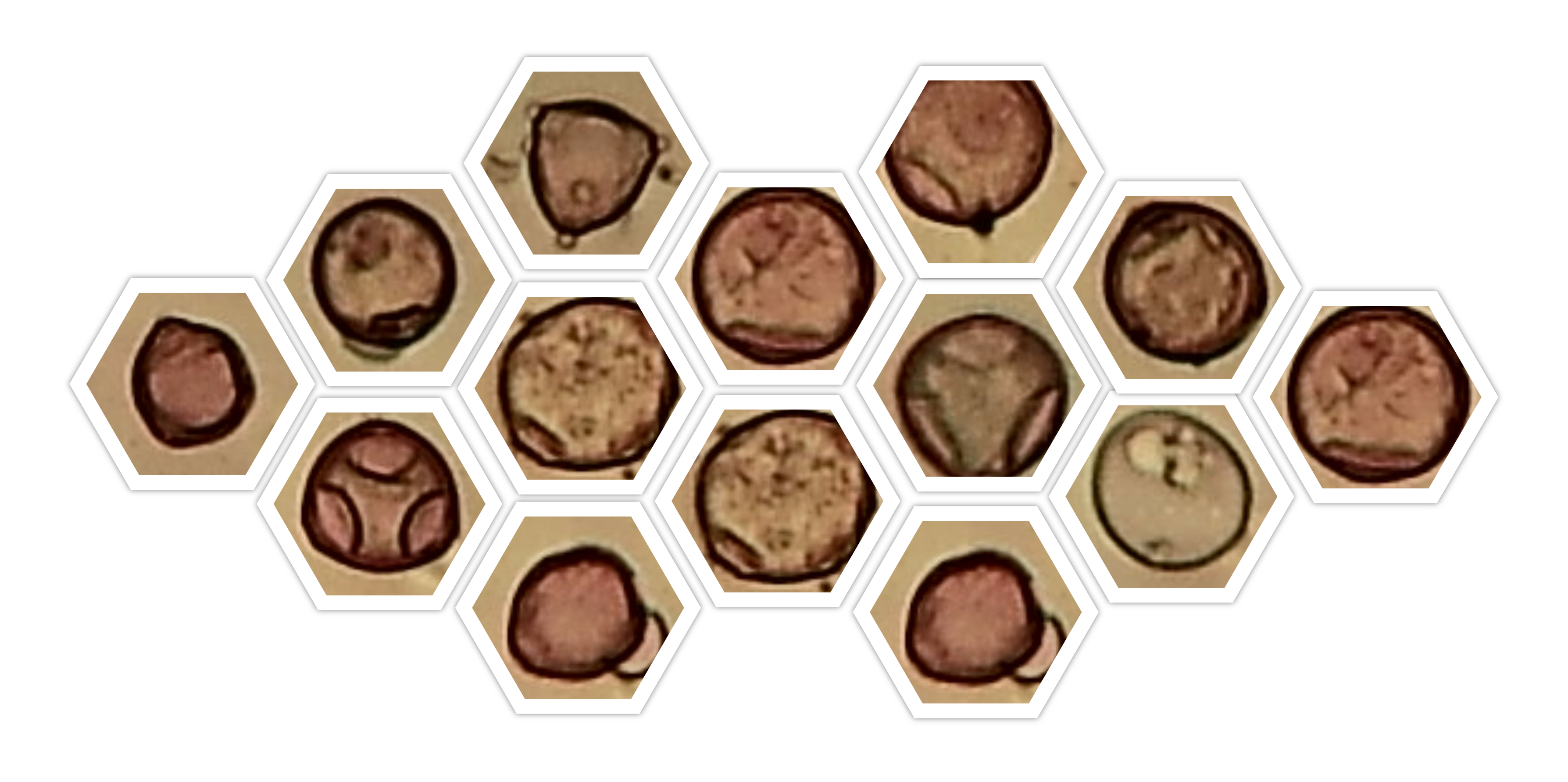

We receved 81 registration requests. A total of 79 submissions performed by 47 teams have been evaluated. We would like to thank all participants for their contributions.
Click here to see the final leaderbord
The aim of the proposed challenge is the automatic classification of pollen grain images exploiting the largest dataset of microscope pollen grain images, collected from aerobiological samples. The microscope images of the samples have been digitalized and processed through a proper image processing pipeline to detect and extract four classes of objects, including three species of pollen grain and an additional class of objects that could be often mis-classified as pollen (e.g., air bubbles, dust, etc.). More than 13.000 objects have been detected and labelled by aerobiology experts.
Participants are requested to upload the results of classification according to the submission format
that will be reported on the challenge website.
The competition website will provide additional information about the data, material and code
examples that perform a preliminary data exploration.
Test classification results will be evaluated using the F1 score for quantitative evaluation, considering the imbalance in the data.

The provided dataset consists of more than 13 thousands per-object images collected from aerobiological samples, classified into four different categories:

Figure 1 – Example of class 1 (Normal Pollen)

Figure 2 – Example of class 2 (Anomalous Pollen)

Figure 3 – Example of class 3 (Alnus)

Figure 4 – Example of class 4 (Debris)